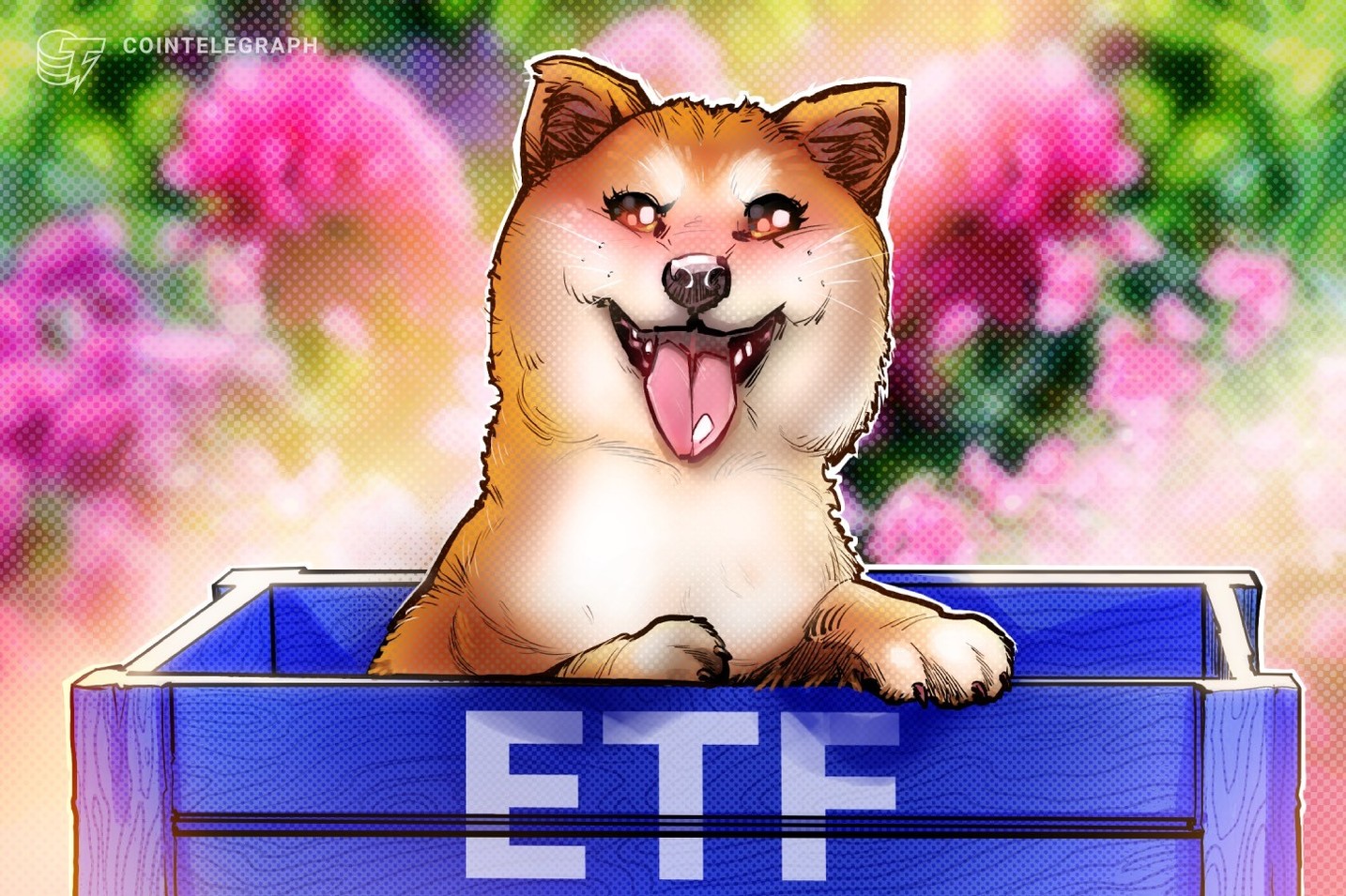Stablecoins have evolved from simple dollar pegs into diverse models—fiat-backed, crypto-collateralized, and hybrid designs—that balance compliance, transparency, and efficiency.
A new generation like USDe and USDf adds yield on top of stability, while giants such as PayPal and Ripple push stablecoins into mainstream payments and settlements.
The future of stablecoins will hinge on product design and regulation: those that combine stability, yield, and seamless usability may surpass the dollar in everyday utility.

THE TIDE AND THE DAM – HOW STABLECOINS BECAME THE SETTLEMENT LAYER OF CRYPTO
In the world of crypto, stablecoins are often overlooked but impossible to replace. When markets surge, they act as a safe harbor; when liquidity dries up, they remain the final settlement unit. From centralized exchanges to on-chain protocols, from cross-border transfers to daily savings in high-inflation countries, stablecoins have quietly become the backbone of digital finance.
USDT and USDC stand as the two main characters of this story. The first dominates with its early lead and deep penetration in emerging markets, becoming the de facto “shadow dollar.” The second wins trust with transparency and regulatory support, embraced by institutions and payment companies. Both seem solid, yet each has faced storms. USDT has long been criticized for unclear reserves, while USDC fell to 0.88 dollars during the Silicon Valley Bank collapse.
These crises did not destroy stablecoins. Instead, they forced the market to rethink what “stability” really means. A one-dollar peg is not a static point—it is a process sustained by reserves, mechanisms, and market confidence. Fiat-backed stablecoins rely on banks and treasuries; decentralized models rely on collateral and code. The choice of path determines how much stress they can endure, and which users they can serve.
As ecosystems expand, stablecoins are no longer just shadows of the dollar. Some focus on compliance and payments, others double down on on-chain transparency, and new challengers are adding yield on top of stability. The tide keeps rising, and the dam is being rebuilt. The real contest is no longer about holding the peg, but about becoming the default choice in more real-world scenarios.
THE ENGINEERING DUEL – CONCRETE AND TIMBER IN TWO LOGICS OF STABILITY
Fiat-backed stablecoins are like concrete dams: strong, simple, but dependent on outside systems. USDT has surpassed 170 billion in supply, dominating exchanges and over-the-counter markets. USDC is embedded into networks like Visa and PayPal, marketed as a digital dollar. Their advantage lies in clarity and low volatility, but their risk is equally clear: one freeze order or regulatory action can change their fate overnight. The forced phase-out of BUSD is the most vivid example.
On the other side, decentralized stablecoins carve resilience into code. MakerDAO’s DAI locks ETH and other assets through smart contracts, becoming a pillar of DeFi. Aave’s GHO makes stablecoins native to its lending ecosystem, funneling interest back to the DAO treasury. Curve’s crvUSD uses the LLAMMA algorithm to smooth liquidations into a curve, reducing sudden wipeouts in volatile markets. Liquity’s LUSD returns to purity: ETH-only collateral, no governance, minimal parameters, and strong resistance to censorship.
The two paths represent different engineering logics. One outsources stability to banks and treasuries, the other internalizes it through collateral and liquidation. One is efficient but centralized, the other resilient but capital-intensive. In practice, they bleed into each other. DAI invests in real-world assets to earn yield; USDT and USDC experiment with on-chain proof of reserves.
Stability is not a static point but a balance between tensions: compliance and censorship resistance, efficiency and tail risk, transparency and privacy, trust in institutions and trust in code. Like concrete and timber, both structures are needed. The future of stablecoins will likely be built on a mix of both.
THE RACE TO YIELD – FROM A STABLE DOLLAR TO AN INTEREST-BEARING DOLLAR
The first generation of stablecoins answered the question of usability. The second is answering whether holding them is worth it. The new wave is all about yield.
Ethena’s USDe is the clearest example. By combining spot and derivatives hedging, it cancels out price risk and leaves behind net yield from staking and funding rates. The result is not just one stable dollar, but a dollar that earns. At a time when safe yield is scarce on-chain, this design has fueled explosive growth. In just over a year, USDe has surged past 13 billion in circulation, making it the third largest stablecoin.
Falcon Finance’s USDf takes another path. It promises “no liquidations,” requiring higher collateral to give users peace of mind, then distributes protocol profits back to holders through sUSDf. The story it tells is not about parameters but experience: protecting users from sudden wipeouts and offering steady returns. With backing from major market makers, USDf quickly broke into the top ten stablecoins.
Meanwhile, centralized giants are not sitting still. PayPal’s PYUSD is embedded directly into its payments app. First Digital’s FDUSD uses Asian regulatory backing and exchange listings for rapid growth. Ripple’s RLUSD is positioned for cross-border settlement between enterprises. These products do not rely on complex mechanics but on licenses and distribution. When hundreds of millions of users can access a stablecoin with one tap, the product speaks for itself.
This creates a division of labor. Decentralized challengers compete in DeFi by attaching yield and innovation to stability. Centralized players expand in payments and settlement. They meet at the exchanges and cross-chain bridges, where liquidity flows. The stablecoin race now has two narratives running side by side.
THE FUTURE OF STABLECOINS – GEOPOLITICS AND PRODUCT DESIGN
The future of stablecoins is being written both in congressional hearings and in wallet routing algorithms. Clear rules can turn shadows into sunlight, but rules that are too strict may drive innovation back underground. For USDT and USDC, the line between survival and extinction lies in compliance, audits, and legal frameworks for reserves and freezes. For decentralized projects, the long game is to reduce dependence on centralized collateral and make governance and risk transparent on-chain.
At the same time, productization is accelerating. The first trend is redistribution of interest: once reserves and collateral generate yield, users will expect stablecoins to behave like savings accounts. The second is rethinking liquidation: algorithms like LLAMMA and margin systems transform liquidation events into manageable fragments. The third is routing: in multi-chain networks, the stablecoin with the smoothest path will capture invisible order flow. The fourth is geopolitics: euro and yuan stablecoins, and regional payment-network tokens, may gain speed in their local corridors, gradually eroding the dollar’s dominance.
Stablecoins are not here to replace fiat. They are here to turn fiat into an internet-native object. For centralized issuers, the path is licenses, transparency, and payment integration. For decentralized builders, the mission is mechanism design and verifiable governance. For hybrids, the challenge is balancing yield and risk.
The strongest moat will not be “looking like a dollar,” but “being more useful than a dollar.” When stablecoins become the default in wallets, when clearing and routing feel like water, when yield feels like a savings account, and compliance feels like air, they will finally mature into the global value layer of the internet. By then, the meaning of 1.00 may have shifted—from a price peg to an experience peg.
〈The Next Chapter of Stablecoins: From Dollar Peg to Yield Peg〉這篇文章最早發佈於《CoinRank》。








